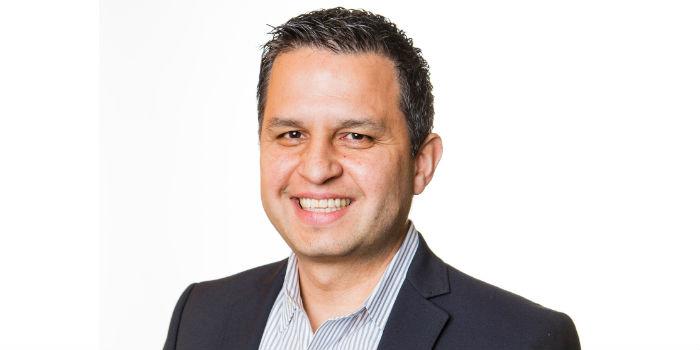 Latin America. Connectivity has become the central axis of everything around us. The new generation of mobile connections and technological development are showing a trend that takes place every 10 years: it began in 1981 with the first transfer of 1G and lasted until 2012 with the jump to 4G. The demand for connectivity continues to take leaps and bounds, which demands a high capacity on the part of suppliers, administrators and operators to meet new technological and network infrastructure challenges.
Latin America. Connectivity has become the central axis of everything around us. The new generation of mobile connections and technological development are showing a trend that takes place every 10 years: it began in 1981 with the first transfer of 1G and lasted until 2012 with the jump to 4G. The demand for connectivity continues to take leaps and bounds, which demands a high capacity on the part of suppliers, administrators and operators to meet new technological and network infrastructure challenges.
"Just look at the advances that have been generated since the move to 1G. When 2G technology arrived, it was possible to take the step from analog to digital, an important advance because it allowed phone calls to be made without static or ambient noise, "said Jerson Calderon, CALA Strategic Account Manager of CommScope. "With the advent of 3G, the mobile connection gained great strength so voice telephony, Internet access and video calls became wireless, in addition to venturing for the first time in mobile TV."
In this way, for the first time advanced wireless technology, such as MIMO, opened the doors to 4G. This became the era of gaming services and high-definition mobile TV. Smartphones became part of people's daily lives and traditional voice calls were replaced by IP telephony thanks to packet-switched network technology.
"While the predecessors of 5G have presented specific advantages and disadvantages of each decade, each step in this evolution has required greater broadband capacity, performance, security and continuity of communication. With 5G on the horizon, all of these requirements are even more indispensable today so that new mobile technologies such as remote surgeries, drones, and public safety applications – which require low latency and high reliability – can function properly," added CommScope's CALA Strategic Account Manager.
In response to the demand for these increased capabilities, service providers are adapting new architectures and opening doors to new technologies. For Jerson Calderon, due to this panorama, the role of service providers will be important in different ways from the perspective of network infrastructure:
Significant investments in LTE infrastructure, content ownership offerings, implementation of new technologies and architectures such as SDN and NFV, combined to ensure network performance.
Transformation towards data analysis, the implementation of next-generation networks that will require comprehensive fiber solutions with high quality.
Capabilities for Automated Infrastructure Management (AIM) at the physical layer.
Standardization of security in M2M communications, which will foster the growth of the entire industry.
"The role of service providers is and will continue to be fundamental to continue building future-proof networks, thus making cities and industries more efficient. Application design and technical link solutions, such as those CommScope offers its customers, ensure highly reliable application and network performance, designed to meet the rigorous demands placed on current and future network capacity requirements," concluded Jerson Calderón, CALA Strategic Account Manager at CommScope.

























Leave your comment